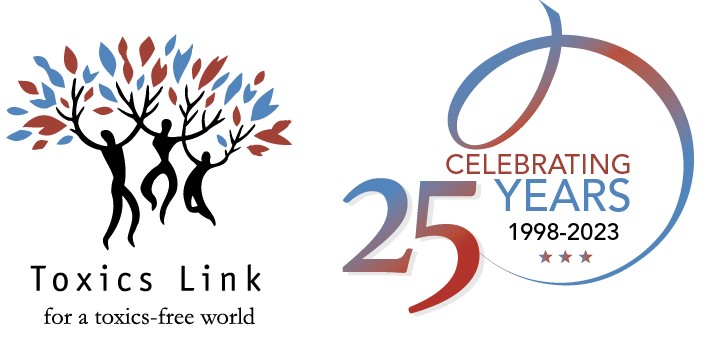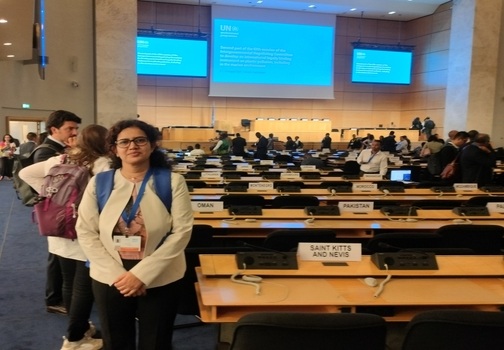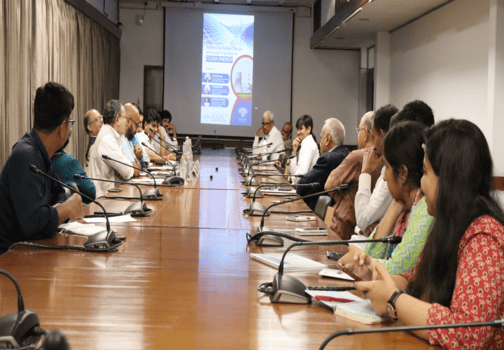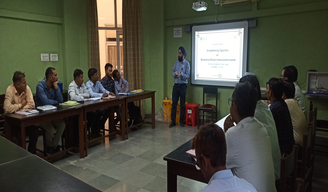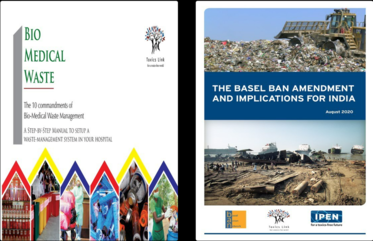ARSENIC AFFECTED AREAS
GOVERNMENT OF INDIA
MINISTRY OF JAL SHAKTI
DEPARTMENT OF DRINKING WATER AND SANITATION
RAJYA SABHA
UNSTARRED QUESTION NO-1695
TO BE ANSWERED ON 13/12/2021
ARSENIC AFFECTED AREAS
1695. LT.GEN. (DR.) D. P. VATS (RETD.):
SHRI VIJAY PAL SINGH TOMAR:
SHRI HARNATH SINGH YADAV:
Will the Minister of JAL SHAKTI be pleased to state:
(a) the steps being taken or proposed to be taken to ensure that all those living in areas affected
by Arsenic contaminated water get safe drinking water and are not affected by water-borne
diseases;
(b) the number of districts in States/ Union Territories of the country where these problems exist
and the details of districts/ places identified by Government in this connection; and
(c) the reasons for presence of Arsenic in the water and the details of the current status of the
decision taken earlier by Government to remove this problem?
ANSWER
THE MINISTER OF STATE FOR JAL SHAKTI
(SHRI PRAHLAD SINGH PATEL)
{{{(a) to (c) As informed by Central Ground Water Board,Arsenic contamination is
understood to be of geogenic origin, resulting from release of Arsenic from soil/ aquifer material
under conditions conducive to its dissolution from solid phase to liquid phase. To make
provision of potable tap water supply to every rural household in the country including Arsenicaffected habitations by 2024, since August, 2019, Jal Jeevan Mission (JJM) is being
implemented in partnership with States.
Under JJM, while allocating the funds to States/ UTs, 10% weightage is given to the population
residing in habitations affected by chemical contaminants which inter alia includes
Arsenic.Under JJM, while planning for potable tap water supply to households, priority is given
to quality-affected habitations.
As reported by States, as on date, State–wise number of habitations reported to have Arsenic
contamination in drinking water sources, is annexed.
To provide potable tap water in villages with water quality issues and non-availability of suitable
surface water source in nearby areas, under Jal Jeevan Mission, provisions have been made to
enable States/ UTs to consider bulk water transfer from safe surface water source(s) and take up
water distribution network. Since, planning, implementation and commissioning of piped water
supply scheme based on safe surface water source takes time, purely as an interim measure,
States/ UTs have been advised to install community water purification plants (CWPPs)
especially in Arsenic and Fluoride affected habitations to provide potable water to every
household at the rate of 8 – 10 litres per capita per day (lpcd) to meet their drinking and cooking
requirements.
*****
2
Annex
Annex referred in the reply to Rajya Sabha Unstarred Question No. 1695 due for reply on
13.12.2021.
Detail of Arsenic-affected habitations
(as on 9.12.2021)
|
1 |
Assam |
47 |
3 |
|
2 |
Bihar |
11 |
3 |
|
3 |
Jharkhand |
1 |
1 |
|
4 |
Punjab |
510 |
13 |
|
5 |
Uttar Pradesh |
107 |
10 |
|
6. |
West Bengal |
1,066 |
7 |
|
Total |
|
1,802 |
37 |
